Table of content
Introduction
Popcorn—a snack loved by millions worldwide, synonymous with movie nights, carnivals, and cozy evenings by the fireplace. Yet, few realize that crafting this airy, crunchy treat at home is an art form that combines science, patience, and creativity. Whether you prefer the classic buttery flavor or crave adventurous toppings like truffle oil or spicy chili, mastering the art of popcorn-making elevates this humble snack into a gourmet experience. This guide delves into the history, science, and techniques behind achieving perfectly popped kernels every time, along with innovative recipes to transform your snack game.
A Brief History of Popcorn
Popcorn’s story begins over 5,000 years ago in ancient Mesoamerica, where indigenous cultures like the Incas and Aztecs revered corn as a sacred crop. Archaeologists have discovered popcorn kernels dating back to 3600 BCE, preserved in bat caves in New Mexico. These early civilizations popped kernels by heating sand-covered corn in clay pots, creating a snack reserved for ceremonies and feasts.
The word “popcorn” itself traces to the mid-19th century, combining “pop” (from the sound of kernels bursting) and “corn.” By the 1800s, popcorn became a street food staple in the U.S., sold at fairs and theaters. The Great Depression era solidified its popularity, as it was one of the few affordable luxuries. Modern innovations, like Charles Cretors’ 1885 steam-powered popcorn machine, revolutionized its mass production, making it a cinema staple by the 1930s.
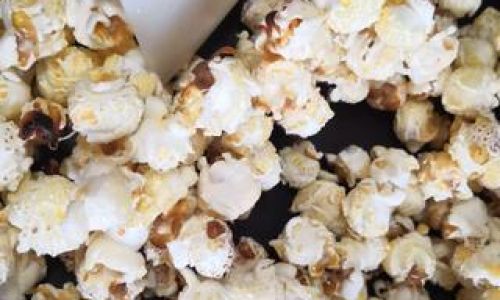
The Science Behind the Pop
Popcorn’s magic lies in its unique kernel structure. Each kernel contains a hard pericarp (outer shell), starchy endosperm, and a tiny germ (embryo). The secret ingredient? Moisture. Kernels typically hold 13–14% water, trapped within the endosperm. When heated, this moisture turns to steam, building pressure until the pericarp ruptures. The starches inside gelatinize, expanding into a foamy, white mass that solidifies as it cools.
For optimal popping, kernels must reach 180–200°C (356–392°F). Too low, and kernels won’t pop; too high, and they’ll burn. The “pop” sound occurs when the hull splits, releasing steam and launching the fluffy interior outward. This process happens in milliseconds, making timing crucial.

Methods of Popping: Stovetop, Air Popper, and Beyond
Stovetop Popcorn: The Classic Approach
The stovetop method yields the richest flavor, thanks to direct heat and oil infusion. Here’s how to master it:
- Equipment: A heavy-bottomed pot with a tight-fitting lid (3–4 quarts capacity). Avoid non-stick pans, as high heat can damage coatings.
- Oil Selection: Use oils with high smoke points like coconut, avocado, or peanut oil. For a nostalgic movie-theater taste, opt for refined coconut oil.
- Kernel-to-Oil Ratio: For every 1/2 cup kernels, use 1–2 tablespoons of oil. Too little oil results in dry popcorn; too much makes it greasy.
- Heating Process:
- Preheat the pot over medium heat. Add oil and 2–3 test kernels.
- Once the test kernels pop, add the remaining kernels and cover.
- Gently shake the pot every 5–10 seconds to prevent burning.
- Listen for the pops to slow to 2–3 seconds apart, then remove from heat.
Pro Tip: After popping, drizzle with melted butter or nutritional yeast for a cheesy kick.
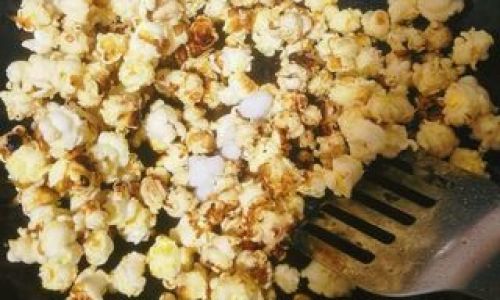
Air Popper Method: A Healthier Twist
Air poppers use hot air circulation to pop kernels without oil, slashing calories and fat.
- How It Works: Kernels feed into a chamber where hot air (180–200°C) circulates, causing them to pop and shoot into a bowl.
- Flavor Hacks: Toss freshly popped corn with olive oil, herbs, or spices. Try smoked paprika, garlic powder, or a sprinkle of cinnamon sugar.
Microwave Popcorn: Convenience Meets Customization
While store-bought microwave bags often contain artificial additives, DIY versions are simple and chemical-free.
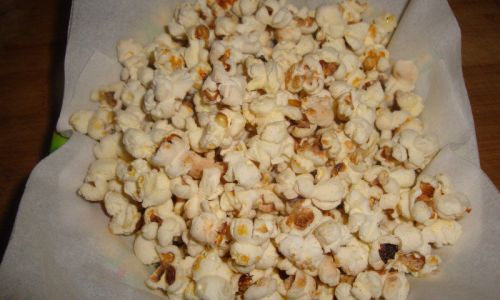
- DIY Microwave Bag:
- Place 1/4 cup kernels in a brown paper lunch bag.
- Fold the top twice to seal.
- Microwave on high for 2–3 minutes, stopping when pops slow.
- Add-Ins: Mix melted butter or truffle oil with kernels before popping for even flavor distribution.
Gourmet Popcorn Recipes
Sweet & Salty Caramel Corn
- Ingredients: 1/2 cup popcorn (popped), 1 cup brown sugar, 1/4 cup unsalted butter, 1/4 cup corn syrup, 1 tsp vanilla, 1/2 tsp baking soda.
- Instructions:
- Preheat oven to 250°F (120°C).
- Melt butter, sugar, and corn syrup in a saucepan. Boil for 4 minutes.
- Remove from heat; stir in vanilla and baking soda (mixture will foam).
- Toss popcorn in caramel, spread on a baking sheet, and bake for 1 hour, stirring every 15 minutes.
- Cool completely for crunchy clusters.
Spicy Chipotle Cheddar
- Ingredients: 1/2 cup popcorn, 2 tbsp melted butter, 1 tbsp chipotle powder, 1/4 cup grated cheddar.
- Instructions:
- Pop kernels using stovetop method.
- Toss with butter, chipotle powder, and cheese.
- Bake at 300°F (150°C) for 5 minutes to melt cheese.
Truffle Parmesan Delight
- Ingredients: 1/2 cup popcorn, 1 tbsp truffle oil, 1/4 cup grated Parmesan, 1 tsp black pepper.
- Instructions:
- Drizzle popcorn with truffle oil.
- Toss with Parmesan and pepper.
- Serve immediately for maximum aroma.
Troubleshooting Common Issues
Burnt Popcorn
- Cause: High heat or insufficient shaking.
- Fix: Use medium heat and shake the pot every 5 seconds.
Unpopped Kernels (“Old Maids”)
- Cause: Aging kernels lose moisture; uneven heating.
- Fix: Store kernels in airtight containers. Test batches before full popping.
Chewy Texture
- Cause: Overcooking or trapped steam.
- Fix: Remove from heat once pops slow. Avoid overcrowding the pot.
Health Benefits of Homemade Popcorn
- Nutritional Powerhouse: A 3-cup serving boasts 4g fiber, 1g protein, and 93 calories (air-popped).
- Antioxidant-Rich: Popcorn contains polyphenols, linked to reduced inflammation.
- Low Glycemic Index: Its complex carbs provide sustained energy.
Caveat: Avoid excessive butter, salt, or sugary toppings, which negate health benefits.
Storage Tips for Freshness
- Cool Completely: Let popcorn reach room temperature before storing.
- Airtight Containers: Use glass jars or resealable bags to prevent moisture absorption.
- Shelf Life: Homemade popcorn stays fresh for 5–7 days.
Conclusion
Popcorn is more than a snack—it’s a canvas for culinary experimentation. By understanding its history, science, and techniques, you unlock endless possibilities. Whether you prefer the timeless crackle of stovetop popcorn or the smoky allure of truffle-infused kernels, homemade popcorn invites creativity and rewards effort. So grab your pot, kernels, and imagination—it’s time to pop your way to snacking perfection.

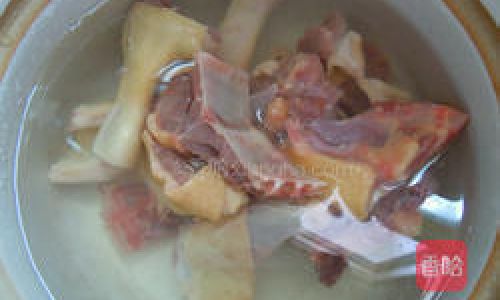
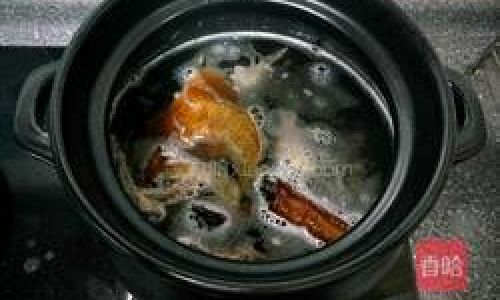
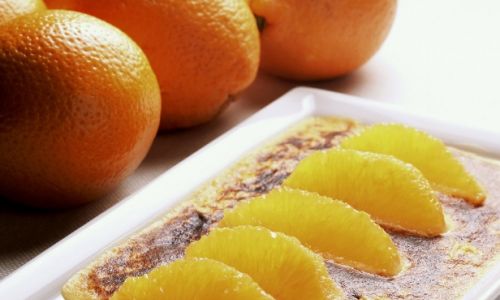
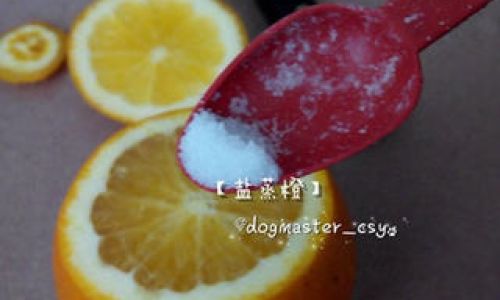
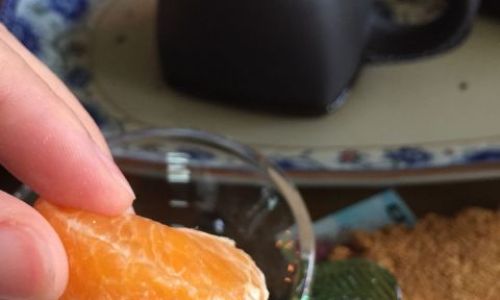
0 comments